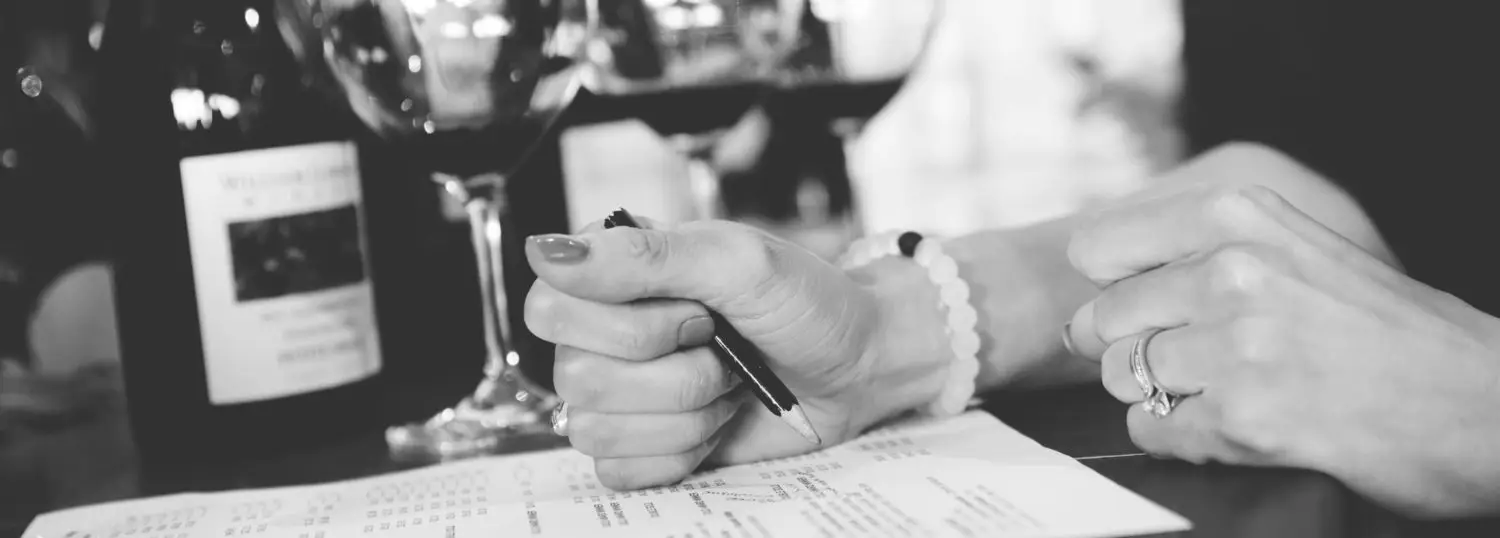Custoza, if you’ve not heard of it, is located Northern Italy in the Provence of Verona—comprised of nine townships, named after village of Custoza, a hamlet of Sommacamapgna. The hills originate from glacial deposts between Verona and Lake Garda – massive amount of deposits created an incredibly complex and variable soil situation. The main soils are calcareous clay, interspersed with gravelly rocks and sand. It is this soil structure that greatly differentiates Custoza from surrounding DOCs. It is the soil that creates a uniqueness to the white wines produced, providing a savoriness that will make any doubter of the reality of ‘minerality’ a true believer.





